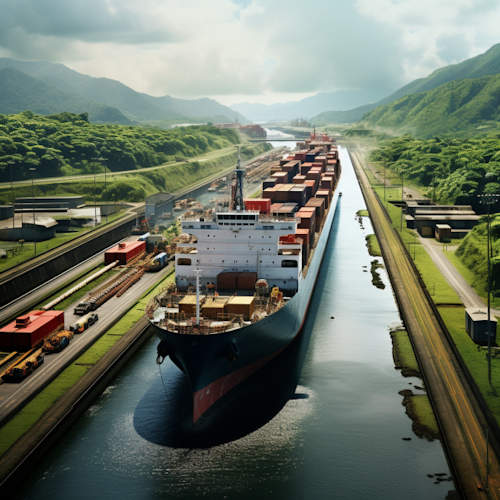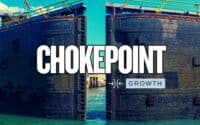The Rise of the Neo-Panamax

The maritime trade industry, with its vast expanse and complexities, has witnessed several transformative moments throughout history. The expansion of the Panama Canal in 2016 ushered in one such epoch. This evolution enabled the inception of the Post-Panamax or Neo-Panamax vessels, larger than their Panamax counterparts yet nimble enough to navigate the expanded canal. Despite their relative novelty, these colossal vessels have made impressive strides in capturing market attention, especially in recent years.
* Please send feedback/suggestions to editor @ shipuniverse.com
Surge in Neo-Panamax Newbuilding Orders
2023 has heralded an unequivocal renaissance for the Neo-Panamax vessels. In just the opening quartile of the year, an astonishing 61 newbuilding orders have been registered, dwarfing the mere 13 orders from the same period in 2022. This staggering 369% increase is predominantly attributed to the rejuvenated confidence in the Bulker sector. After a disheartening nadir of 5,900 USD/Day in February, spot rates have witnessed a galvanizing 131% surge to reach around 13,600 USD/Day.
China, with its colossal maritime aspirations, leads the pack, contributing a mammoth 71% of the orders. Canada and Greece follow suit with 13% and 7% respectively. The remaining orders, interestingly, are distributed equally between Denmark, Japan, and undisclosed buyers.
Reflecting China’s dominating presence, a whopping 87% of these ships are earmarked for construction in Chinese yards, leaving the remainder to Japan’s time-tested shipbuilding facilities.
New Developments and Green Aspirations
Buoyed by the promising reopening of China post-COVID restrictions, the demand for Bulkers is on an upward trajectory. Anticipations of a robust domestic economy are set to bolster commodity demand, directly uplifting the shipping rates.
A notable green innovation in the Bulker segment is the 12 x Panamax BC of 82,000 DWT ordered by Shandong Shipping. Scheduled for a 2025 delivery, these ships will be fortified with state-of-the-art carbon capture and storage technology, a brainchild of the China State Shipbuilding Corporation. Such environmentally-conscious strides mirror the shipping industry’s commitment to reducing its carbon footprint.
Moreover, specialized Neo-Panamax wood pulp carrier newbuildings, such as the 10 x Panamax BC of 84,500 DWT, are attaining premiums due to their tailored designs.
The VLCCs Scene: A Continued Ascendancy
Very Large Crude Carriers (VLCCs) have enjoyed an upward valuation across all age groups since the year’s dawn. The TD3c-TCE route, for instance, leaped from a -1,307 USD/Day to an impressive 41,807 USD/Day. The value of 20YO VLCCs has surged by about 4.5% since the start of the year, marking a 56% year-on-year increase.
This thriving secondary market for VLCCs, which has seen 30 sales this year, underscores a growing appetite for older vessels. These cost-effective behemoths primarily trade Russian crude cargoes which are presently under sanctions.
To encapsulate this buoyant sentiment, let’s spotlight the sale of the Princess Mary, a Mitsubishi masterpiece. Acquired by Hellenic Tankers in 2018 for USD 22.7 million, this vessel was recently procured by an unknown Chinese entity for an astonishing USD 51 million. This remarkable appreciation underscores the industry’s bullishness, setting higher benchmarks for future transactions.
The Neo-Panamax era, though relatively nascent, has showcased the maritime industry’s resilience, innovation, and commitment to sustainability. With a renewed vigor stemming from increased demand, technological advancements, and environmentally-conscious initiatives, the Neo-Panamax vessels are not merely floating giants but symbols of a brighter, greener future in global trade.

Do you have a Maritime Product or Service that may be of interest to Shipowners? Tell us about it here!
Do you have feedback or insights? Please reach out to editor @ shipuniverse.com



